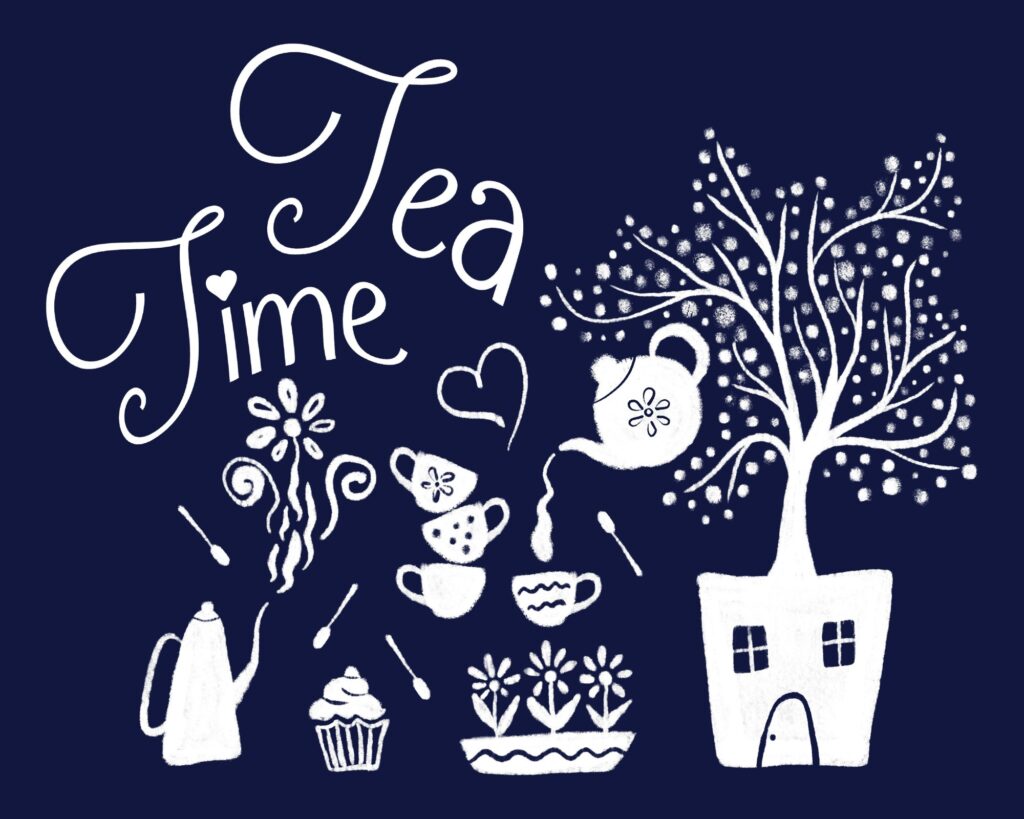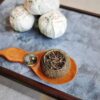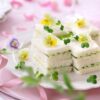
Tea time is more than just a break in the day; it’s a ritual that spans cultures, connects people, and offers a moment of tranquility in our busy lives. As a tea enthusiast, you’re likely familiar with the comfort of a warm cup in your hands, but there’s always more to explore in the vast world of tea. Let’s embark on a flavorful journey through tea varieties, cultural traditions, and etiquette tips that will enhance your tea time experience.
A World of Tea Varieties
The diversity of tea is truly astounding, with each variety offering a unique flavor profile and set of benefits. Here are some popular types you might encounter during tea time:
- Black Tea: Bold and robust, black tea is a classic choice for traditional English tea time. Its full-bodied flavor pairs well with milk and sugar.
- Green Tea: Known for its fresh, grassy notes, green tea is a staple in many Asian tea ceremonies. It’s often enjoyed plain to appreciate its delicate flavor.
- Oolong Tea: Sitting between green and black tea in terms of oxidation, oolong offers a complex flavor that can range from light and floral to rich and roasted.
- White Tea: Delicate and subtle, white tea is the least processed of all teas. Its light flavor makes it perfect for a refined tea time experience.
- Herbal Infusions: While not technically “tea,” herbal infusions like chamomile, peppermint, and rooibos are popular caffeine-free options for afternoon tea.
Tea Time Around the World
Tea time traditions vary greatly across cultures, each with its own unique charm:
- British Afternoon Tea: A quintessential experience featuring finger sandwiches, scones with clotted cream and jam, and a selection of pastries alongside a pot of tea.
- Japanese Tea Ceremony: A highly ritualized practice focusing on the preparation and presentation of matcha green tea, emphasizing mindfulness and respect.
- Chinese Gongfu Tea Ceremony: An elaborate method of brewing and serving tea, often using a small clay teapot and tiny cups to appreciate the tea’s evolving flavors.
- Moroccan Mint Tea: A symbol of hospitality, this sweet green tea infused with fresh mint is typically served in small glasses and poured from a height to create a frothy top.
Etiquette Tips for the Perfect Tea Time
Whether you’re hosting or attending a tea gathering, these etiquette tips will help you navigate the occasion with grace:
- Stirring Your Tea: Gently stir back and forth, avoiding clinking the sides of the cup. Place the spoon on the saucer when finished.
- Holding Your Cup: For teacups with handles, use your thumb and index finger to hold the handle, with your middle finger supporting underneath. Never loop your finger through the handle.
- Adding Milk: In informal settings, it’s perfectly acceptable to add milk before or after the tea. However, in formal settings, milk is traditionally added after the tea is poured.
- Eating Scones: Break the scone in half with your hands, then apply cream and jam in small amounts as you eat.
- Napkin Etiquette: Place the napkin on your lap when seated, and loosely fold it beside your plate if you need to leave the table temporarily.
Tea time is an opportunity to slow down, savor flavors, and connect with others. Whether you prefer a formal afternoon tea or a casual cup with friends, the world of tea offers endless possibilities for exploration and enjoyment.
As you continue your tea journey, why not try a new variety or host a tea tasting with friends? The world of tea is vast and exciting, waiting for enthusiasts like you to dive deeper.
What’s your favorite tea time tradition? Share your thoughts in the comments below!






